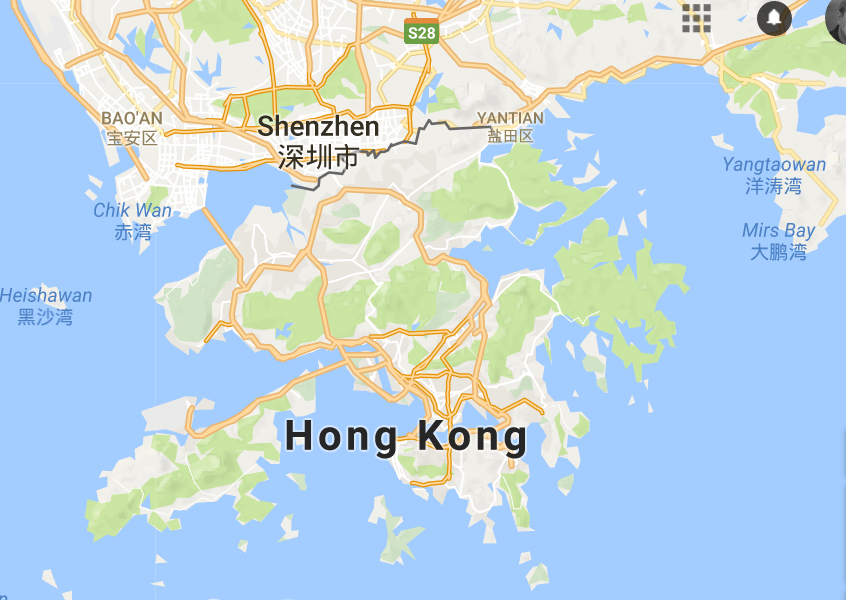Part One of Two Parts
The Hong Kong Special Administrative Region of the People's Republic of China is an autonomous territory on the Pearl River Delta of China. It has an area of four hundred and twenty six square miles. For ninety nine years, Hong Kong was owned and controlled by England, returning to Chinese mainland control in 1997. It is highly unlikely that Hong Kong would ever be the target of a nuclear attack but with tensions between the U.S. and China rising over the South China Sea and tensions rising in the west between India and China over disputed borders, it is not totally impossible.
A senior news officer at the Security Bureau which is responsible for responding to emergencies has said, “At present, there’s no specific intelligence suggesting H.K. is targeted for any attack of this kind.” However, some H.K. government departments carry out exercises and drills on a regular basis in order to practice procedures that would be necessary if a nuclear or other type of serious disaster occurred.
H.K. comprehensive planning for severe emergencies began in 1998 when ten experts from the Security Bureau, H.K. Police Force, the Fire Services Department, the Department of Health and the H.K. Observatory participated in the establishment of a think tank to consider the best way to protect the citizens of H.K. in case of a terrorist attack or other disaster which might involve radioactive or other hazardous materials. This think tank became the Standing Chemical, Biological, Radiological and Nuclear Planning Group in 2003. Its training sessions and practice exercises are carried out to insure that the governmental agencies which originally formed the think tank are ready to be mobilized and cooperate in an integrated fashion to deal with serious emergencies. The Security Bureau has created contingency plans for a wide variety of emergencies such as a plane crashing into the Daya Bay nuclear power station that is about thirty miles north of H.K.. These contingency plans are available on the Security Bureau website.
The potential threat of a nuclear attack on H.K. ranges from a hole in the ground at the lower end to complete obliteration of H.K. on the upper end. A single small seven kiloton nuclear warhead could wipe out as much as four square miles. The Russian Tsar Bomba at fifty megatons, the biggest nuclear bomb ever created, would pulverize H.K. completely and send shockwaves deep into mainland China.
In the event of a nuclear disaster that did not completely destroy H.K. and kill all the citizens, one big problem will be how to deal with people who were exposed to radiation. A clinical associate professor of emergency medicine at the University of H.K. says, “If exposure is localized, it looks similar to a burn, but if it’s more generalized, there might be nausea, vomiting, bleeding from the gut, a drop in white blood cells leaving you prone to infection, swelling of the brain and then death. If exposure is mild, it’s possible to make a full recovery from radiation poisoning.” A severe dose of radiation would cause hair loss and bleeding and would lead to death within about a month if untreated. A fatal dose would cause seizures and death within two days.
Please read Part Two
